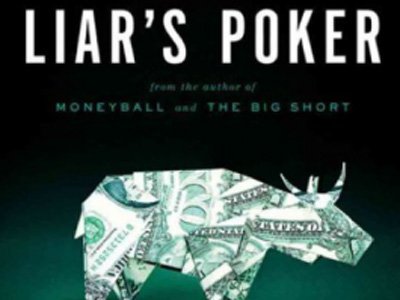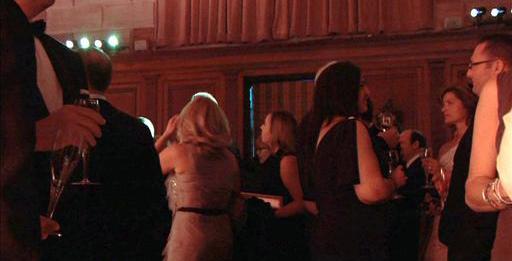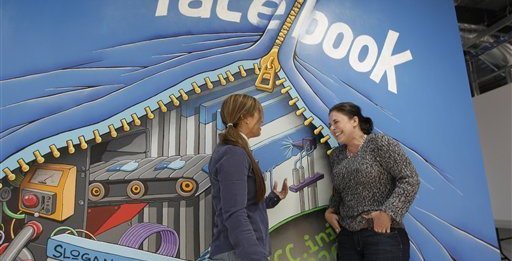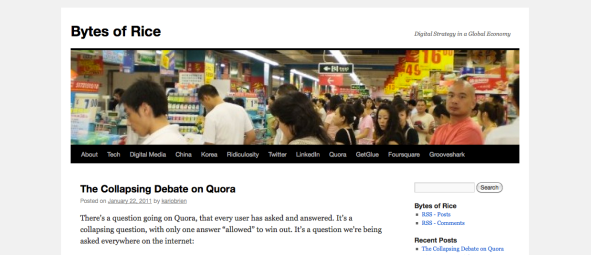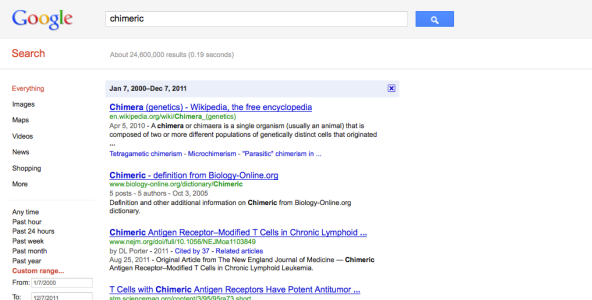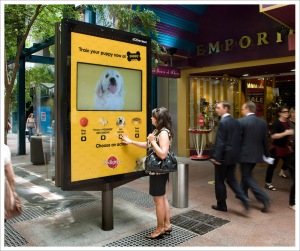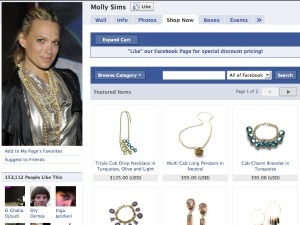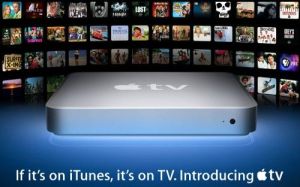Video Messaging
FaceTime, Google Hangouts, Skype, Snapchat – video chatting has taken us by storm. How do people naturally communicate? How do we prefer to “kill time”? Chatting, and video is so much more fun than text!
Music Videos
Did MTV kill the radio star? Mp3s have still owned the Internet “airwaves” for two decades since, but with music reality shows on dominating the networks and aspiring artists on Youtube, Beyonces all video album may be expected for every artist.
Twitter Visuals
To compete in this visual world with a social network that is literally a “book of faces” and others that promise real motion snippets, the tiny text platform is looking to step up its game with photos and video tech. And now it has the money for the talent. #Programmers wanted 4 @Twitter.
Netflix Rebound
After Blockbuster crumpled under the Netflix rise, they tried to quickly add their own mail service to save it. As Amazon Prime and Hulu began competing seriously in streaming video, it Netflix stock fell. But unlike Blockbuster, Netflix innovated beyond its competitors by putting out their own programs. Programs that are now competing with tv networks!
Square Everywhere
While I’m waiting with breath that’s baited for a Square IPO, I can’t see banks or credit card companies sitting quietly by while options like PayPal and besieged Bitcoin change online finance. Already mobile check deposits are ubiquitous, I suspect other mobile payment is next.
Wifi As a Right
Speaking of which, funny but not funny, was a meme of a tree saying “If Trees gave off wifi, I suspect we’d plant those everywhere. Too bad trees only give oxygen.” The point? Where there is demand there will be innovation. Not only will “free wifi” be everywhere, but telecomm companies will be making money off unlimited data instead of outdated call time plans.
3D Printers
Easy Bake Oven good bye. Barbie computer games move over. GenY, your four to fourteen year old will be building her own Barbies with 3D printing. Thinking of getting your mom a Keurig for Christmas? How about a 3D printer so she can make her own customized cups? Hello new Etsy commerce!
Facebook Mobile
Now listed on the S&P 500 and still the highest profits for a social network, I’m holding my Facebook stock and betting on new innovations in mobile. Like the first site he threw up, Zuckerberg knows launching is everything. Already video innovations has added Vine-like experience with Facebook mobile.
Tesla Batteries
Uh, cool. GenZ has hippie Baby Boomers to thank for creating the Eco/sustainability culture Millennials are now stepping into. Add in the geek-is-chic and hipster cool, and voila, Tesla gets what GM doesn’t about Millennials. We want cool things that “do things”, but take away the consumptive guilt from the wasteful world we grew up in.
Scrolling Websites
Ok, so every website is going to Drupral, and pretty pictures, and scrolling instead of hateful page flipping, making sites mobile friendly, and ADD friendly. But whats next in site innovation? Probably sites more like Pinterest and Buzzfeed where pictures and silly phrases constantly pull your attention to another story.
Zipcar to Smartcar
A spirited debate between my Startup Grind team and Gary Shapiro one night brought us to the future of transportation. Does the Millennial trend towards shared use cars mean the end of ownership? Absolutely not. Millennials are delaying having families so they stay in metro areas where Zipcar, Uber and Car2Go flourish, but we grew up with cars. We will be raising our kids in cars, just better, faster, smarter cars. Millennials are the info generation. Your cars have to be truly innovative – the hype is hollow. And car sharing? There’s a reason you avoid touching the metro handrail.
Wearable Tech
I have to give a nod to this obvious trend. I can barely go to a happy hour in DC without seeing someone wearing Google Glasses – it’s like the LV bag for the tech scene. Add in the watch rings lighting up the Internet and the Instagram gloves flying off the shelves, obviously we want what we wear to sync with our tech. Technology gives us enhanced and new senses, somewhat in the way our clothes keep us warm and protected. Wearable tech will catch on with every generation because its so “natural” to humans.
Three Longterm Trends
Death of the Written Word
I know, [sadface]. Written word has only been around for my Irish Norwegian lines for about a thousand years. Guess how people passed information before that? Similar to how news anchors, teachers and bosses do – they talked to each other! They also drew pictures. Now we have computers and video to capture us communicating the way we did it for the 200,000 years prior: Yea, talking!
Smart Homes
I asked Gary Shapiro who’s house was cooler – his or Steve Jobs? While the question was a little late in timing, he did talk about his preprogrammed home, filled with awesome automation. Smart cars are already on the market, and homes were “smarter” even in my childhood, with security systems, central vacuums and sound systems. I walk in the door at 7 and Apple’s holo projector starts showing a Netlfix episode on my wall while my Facebook friends list scrolls on left letting me know who else is watching as my microwave beeps with the dinner I voice activated during my ride home? Um, yes.
Americans Inventions
I believe the economic crisis and the popular media have scared Millennials and GenZ enough that STEM majors are taking over. Working for an honor society for college students, I can see the trends in majors that “guarantee good jobs”, like accounting, health care, engineering and science. And for those not “using their degrees”? Companies like General Assembly are filling in the education gaps for programming and design. As for China? I’ve been there, and while they are moving, I believe in America’s competitive edge in a creative culture of innovation.


